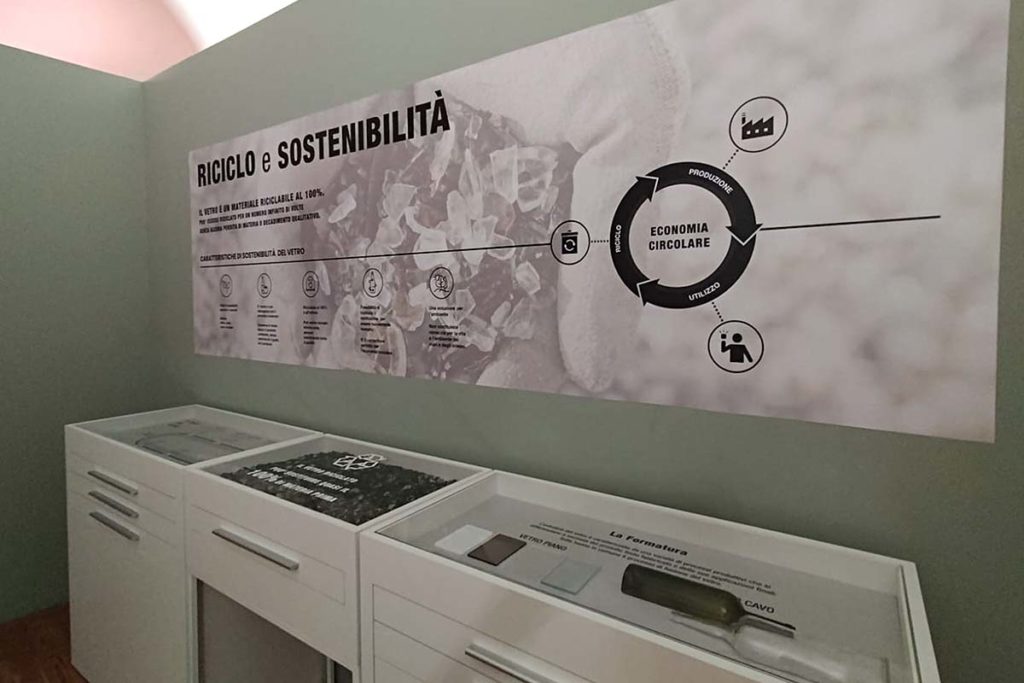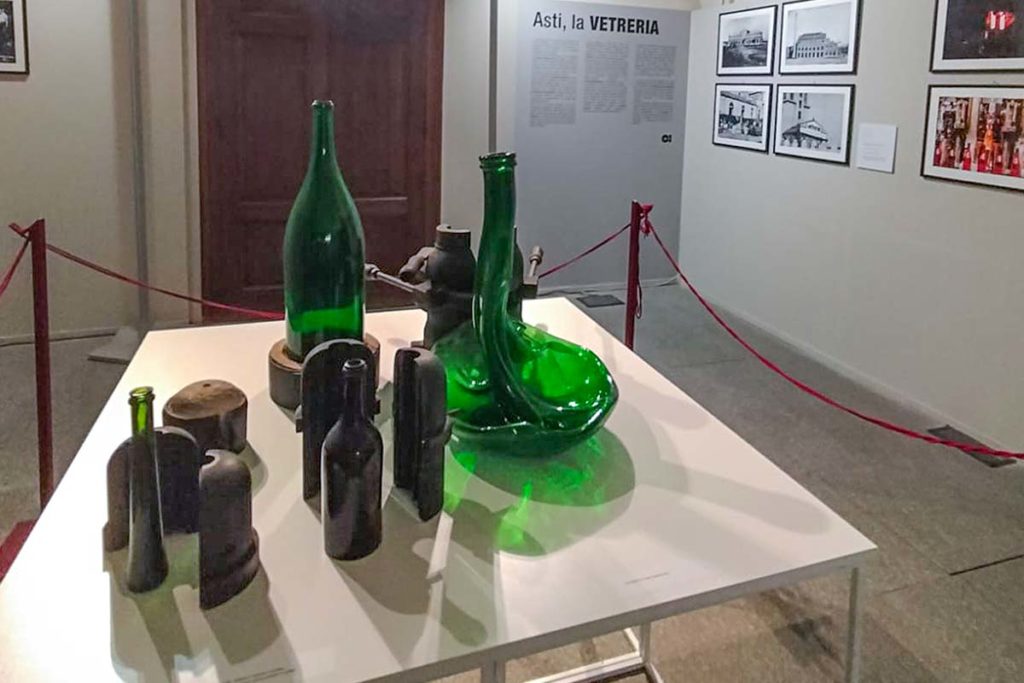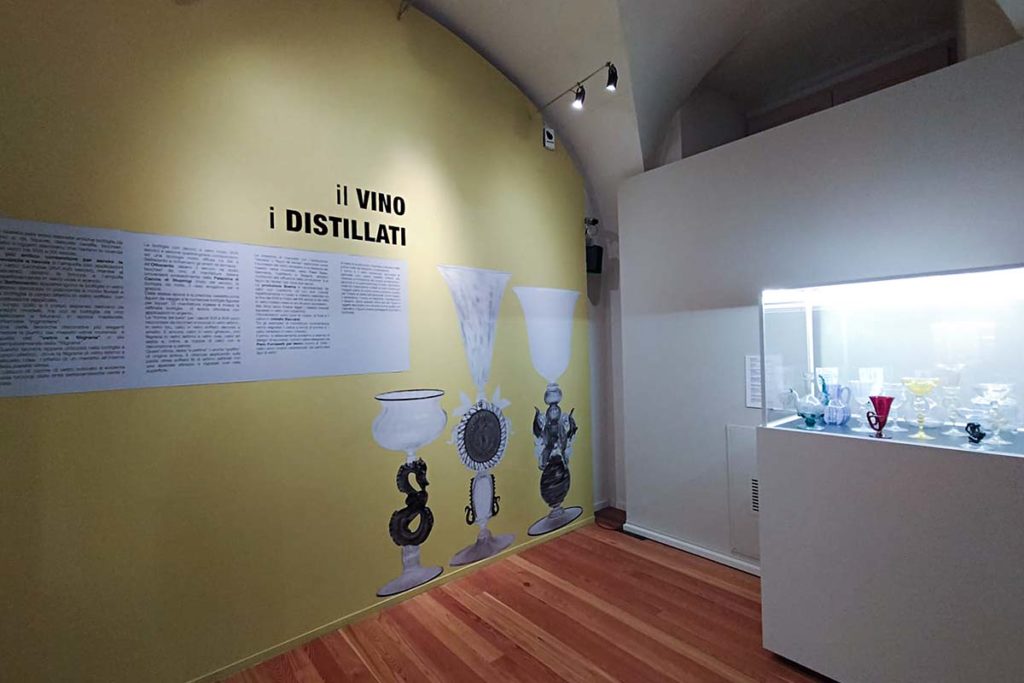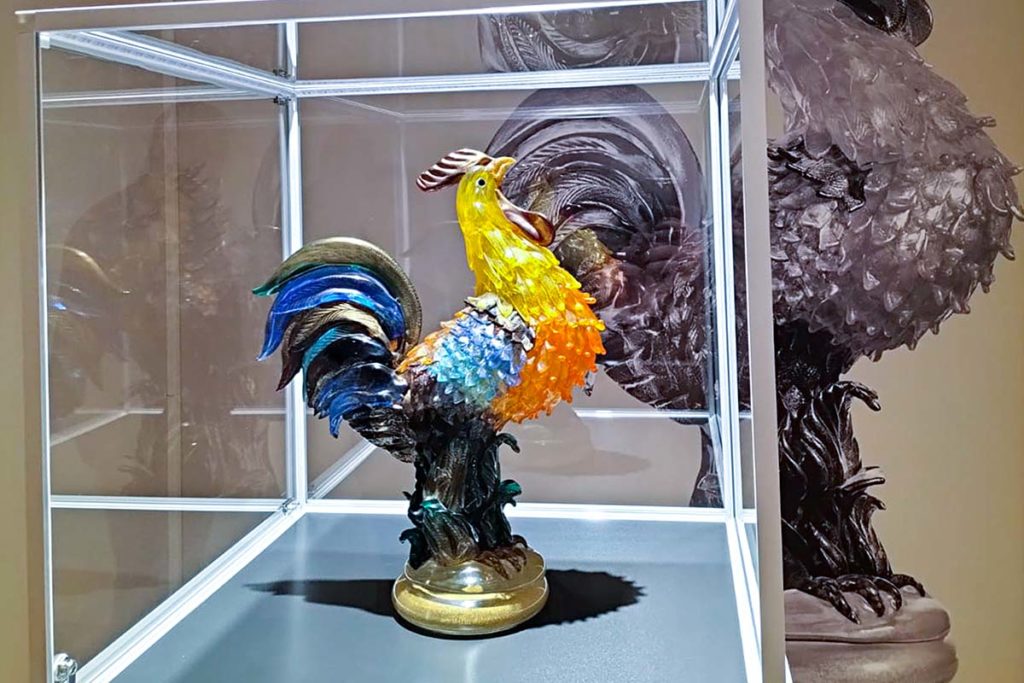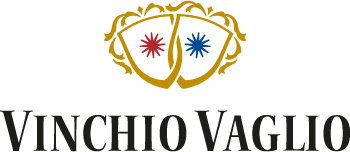In recent years, there has been much talk about the distinction between light and heavy bottles. Vinchio Vaglio has always believed the quality of wine depends on the content and not the container.
For this reason, the choice of the bottle must be pondered according to precise parameters that disregard trends as much as marketing. But let’s take a step back…
How much do you weigh?
If this is a burning question for any human being, it seems even more so for bottles these days. A glass bottle for wine – excluding bubbles – usually weighs between 360 grams and 1.2 kilograms.
If until the last century the choice was dictated exclusively by the type of wine, glass manufacture in recent decades has taken enormous strides forward in terms of precision, thus allowing the same resistance to be found even in bottles that are much thinner than before.
For classic method sparkling wines, the situation is different (although important steps forward are being taken thanks to technology). Reaching 6 to 8 atmospheres of overpressure, it is important to use a bottle that can best contain the wines in such condition, whose weight corresponds approximately to 800 g.
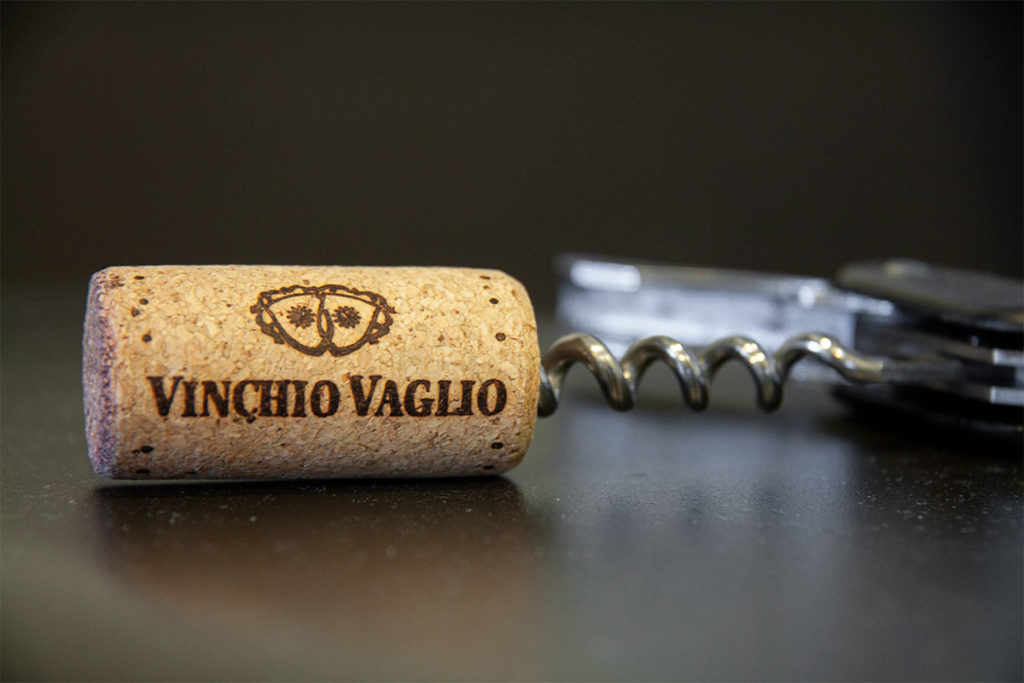
The discussion about bottle weight concerns us all
On the side of the heavy bottle there is the tradition of old-fashioned workmanship, but above all there is consumer perception. ‘Inside a heavy bottle there must necessarily be a fine wine’: it is precisely this common misconception that is the real sticking point in the choice between heavy and light bottles. A question of marketing, in short, which serves to convey a more exclusive image to the wine, having however little to do with the quality of the wine itself.
Since when has the quality of wine been assessed by weight and not organoleptically?
On the side of the lighter bottle is… the planet. If one of the most serious and complex problems our age is facing is that of excessive CO2 emissions, the production and handling of wine bottles must be of primary importance to everyone.
In fact, several studies have shown that a glass bottle’s carbon footprint is practically equal to its weight: for every gram of glass produced, an almost equivalent weight of CO2 is dispersed into the environment (not counting transport-related emissions). According to a 2011 study commissioned by the California Wine Institute, bottle production and transport account for 42% of the carbon footprint of wine’s total impact.
The discussion, which has been carried on for years with full awareness by Carlo Macchi, editor-in-chief of Winesurf, strikes the chords of producers and consumers on countless levels. On one side, as always, there is tradition and on the other the future, once again set against one another.
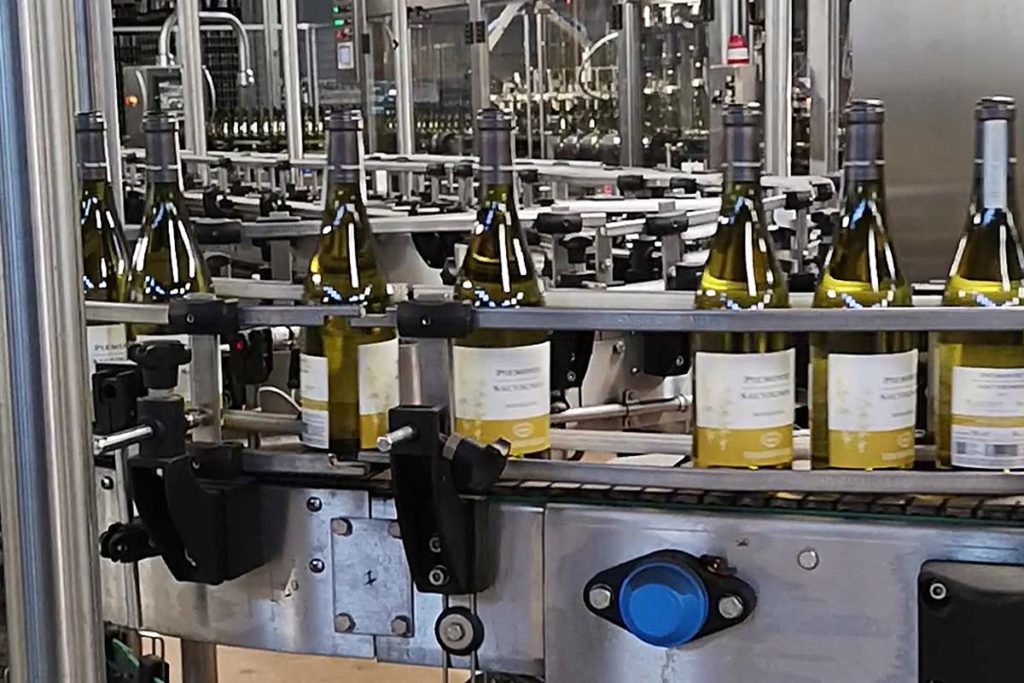
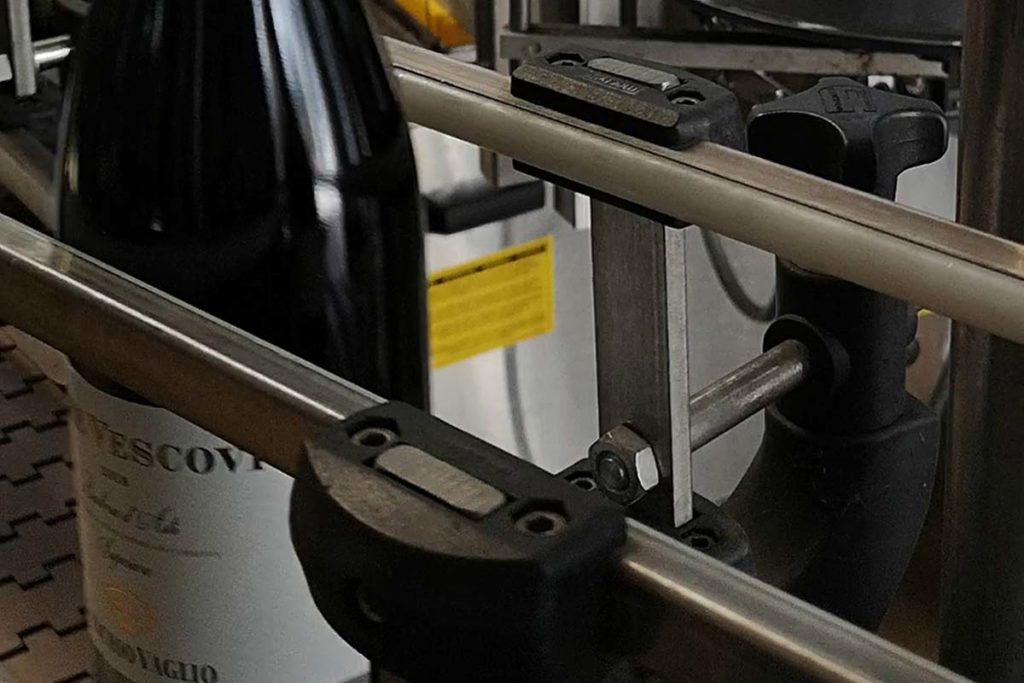
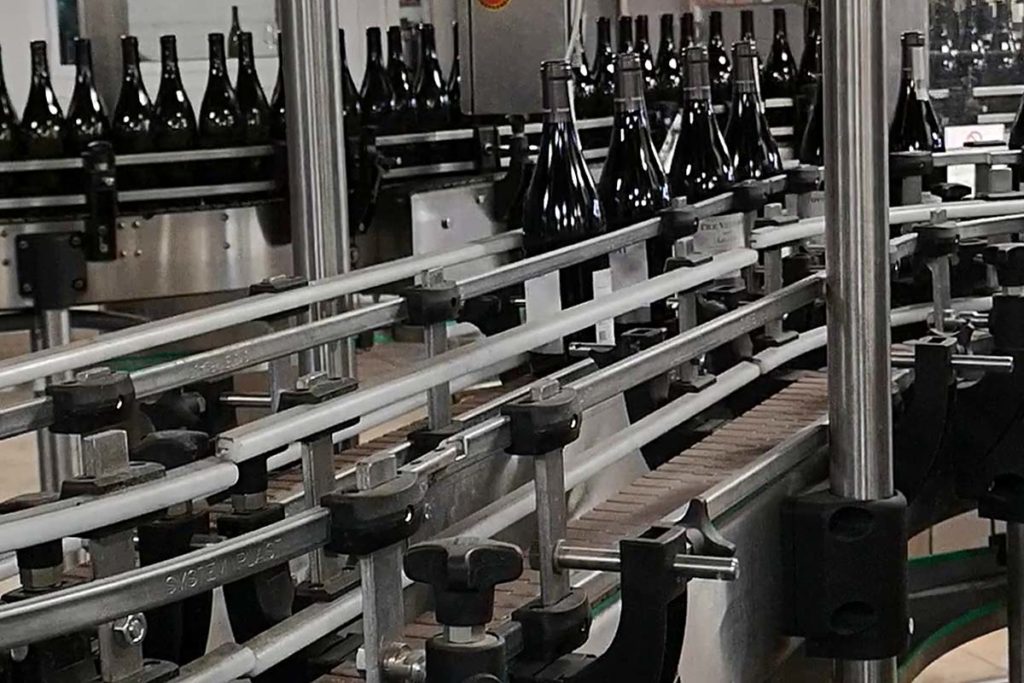
To each wine its own bottle: weight, colour and shape
The choice of the bottle – as well as that of the stopper – is part of a fundamental process for the preservation and longevity of wine.
A very important factor in the choice of the bottle is also the colour, as it can affect the evolution of the wine. For white wines, we have therefore chosen to use bottles with a dead leaf colour because they allow less light to penetrate into the wine, thus preventing oxidation.
On the same level, the shape of the bottle also represents the history of the company’s roots and identity. Borgognotta is the exact expression of this classicism and traditionality.
While considering the need for strong bottles that take into account that the ageing phase involves a lot of moving and handling, the choice of lightweight bottles for Vinchio Vaglio is a necessary step towards a more sustainable future. A priority that fits right in with the other initiatives that daily inform the cooperative winery’s operations.
And finally there is the legendary Bag-in-Box, our biggest bet for an everyday wine that is good for the palate as well as good for the environment.
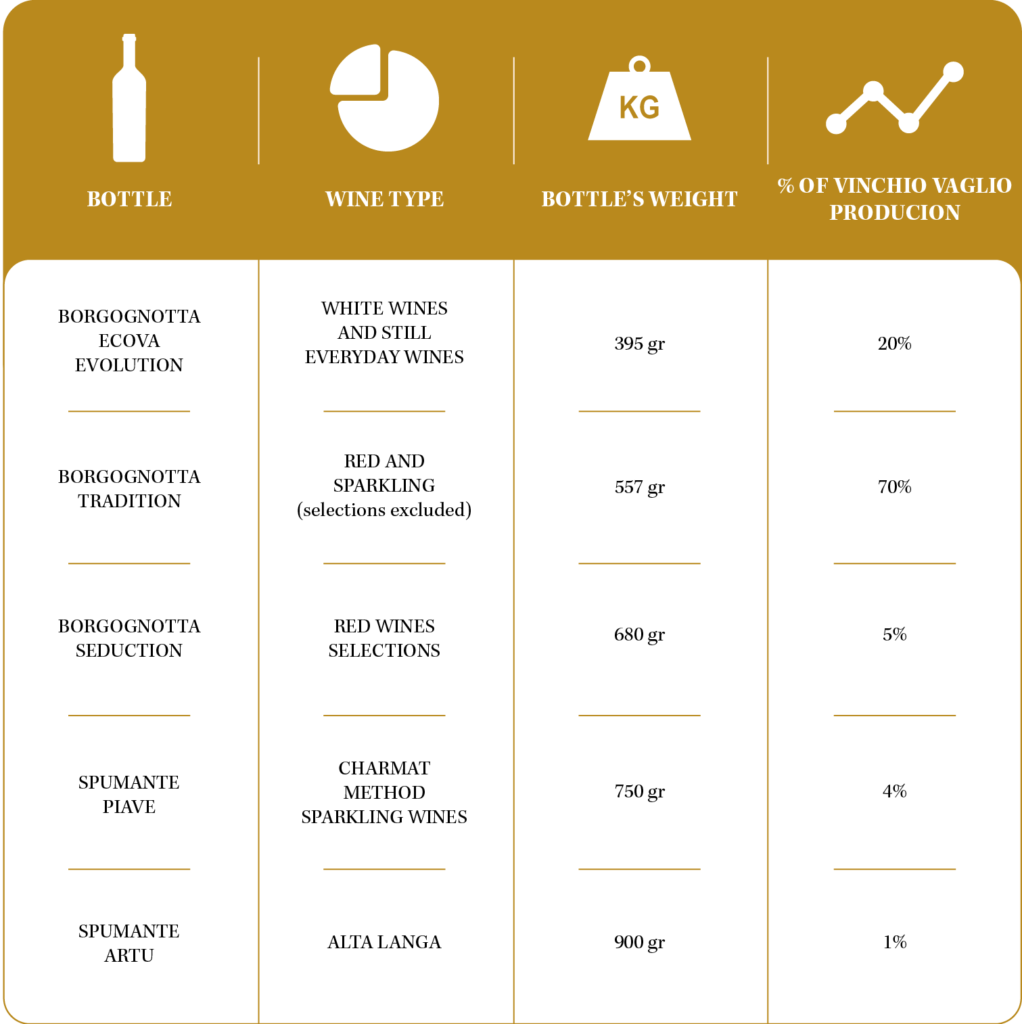
2022 is the International Year of Glass
On May 18th 2021, the United Nations General Assembly declared 2022 as the International Year of Glass. A choice that emphasises the importance of such an ancient material to respond to modern environmental challenges.
At Palazzo Mazzetti, the exhibition ‘Glass is Life’ was inaugurated, in which glass certainly appears as a preferred choice for packaging in terms of sustainability and circular economy.
The highlight is the rooster, Asti’s symbol in polychrome Murano glass, to which a room in the museum is dedicated and which can be visited until October 16th.
